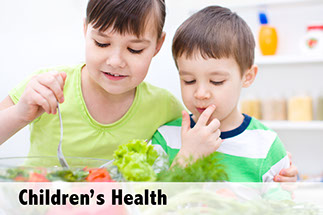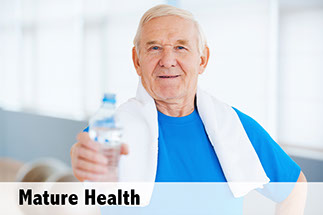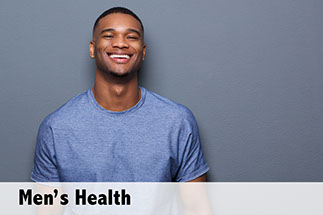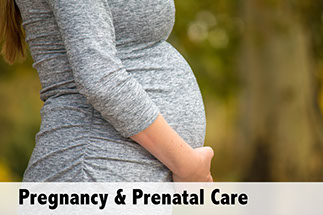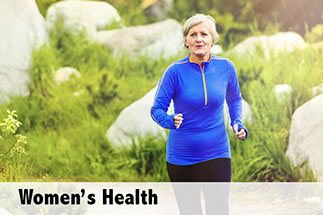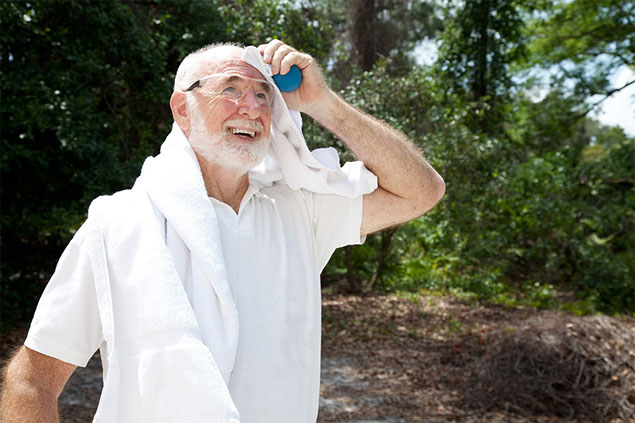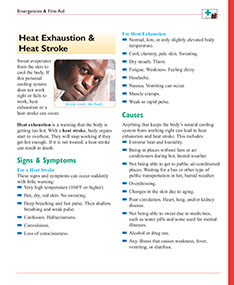CONDITIONS
SYMPTOM CHECKER
Male
Female
Child
Arm, Hand & Shoulder Concerns
Legs & Feet Concerns
Dental & Mouth Concerns
Ear & Nose
Eye Conditions
Head Conditions
Arm, Hand & Shoulder Concerns
Legs & Feet Concerns
Front
Back
Arm, Hand & Shoulder Concerns
Dental & Mouth Concerns
Ear & Nose
Eye Conditions
Head Conditions
Arm, Hand & Shoulder Concerns
Dental & Mouth Concerns
Ear & Nose
Eye Conditions
Head Conditions
Front
Back
Arm, Hand & Shoulder Concerns
Neck Links
Head & Neck Concerns
Arm, Hand & Shoulder Concerns
Neck Links
Head & Neck Concerns
Front
Back
Online Clinic
Wise Healthcare
Heat Exhaustion & Heat Stroke
Print on Demand
Sweat evaporates from the skin to cool the body. If this personal cooling system does not work right or fails to work, heat exhaustion or a heat stroke can occur.
Heat exhaustion is a warning that the body is getting too hot. With a heat stroke, body organs start to overheat. They will stop working if they get hot enough. If it is not treated, a heat stroke can result in death.
Signs & Symptoms
For a Heat Stroke
These signs and symptoms can occur suddenly with little warning:
• Very high temperature (104ºF or higher).
• Hot, dry, red skin. No sweating.
• Deep breathing and fast pulse. Then shallow breathing and weak pulse.
• Confusion. Hallucinations.
• Convulsions.
• Loss of consciousness.
For Heat Exhaustion
Causes
Anything that keeps the body’s natural cooling system from working right can lead to heat exhaustion and heat stroke. This includes:
• Extreme heat and humidity.
• Being in places without fans or air conditioners during hot, humid weather.
• Not being able to get to public air-conditioned places. Waiting for a bus or other type of public transportation in hot, humid weather.
• Overdressing.
• Changes in the skin due to aging.
• Poor circulation. Heart, lung, and/or kidney disease.
• Not being able to sweat due to medicines, such as water pills and some used for mental illnesses.
• Alcohol or drug use.
• Any illness that causes weakness, fever, vomiting, or diarrhea.
Treatment
A heat stroke is a medical emergency.
Prevention
• Drink lots of liquids, especially if your urine is dark yellow. Drink water, sport drinks, such as Gatorade, etc.
• Do not stay in or leave anyone in a closed, parked car during hot weather.
• Don’t have drinks with alcohol or caffeine.
• Use caution when you are in the sun. At the first sign of heat exhaustion, get out of the sun. If you can, avoid midday heat. Do not do vigorous activity during the hottest part of the day (11:00 a.m. to 4:00 p.m.).
• Wear light, loose-fitting clothing, such as cotton, so sweat can evaporate. Wear a wide-brimmed hat with vents. Use an umbrella for shade.
• If you feel very hot, try to cool off. Open a window. Use a fan. Go to an air-conditioned place.
• Check with your doctor about sun exposure if you take:
Questions to Ask
Question 1
Is any sign of a heat stroke present? {Note: Call 9-1-1 without delay. Then give first aid as needed.}
Get medical care without delay. If symptoms are life threatening go to the ER or call 9-1-1. Don’t call 9-1-1 or use the ER if symptoms do not threaten life. Ask your doctor ahead of time where you should go for a problem that needs prompt care, but not emergency care.
Question 2
Are these signs of heat exhaustion present?
• Dryness on the inside of the mouth.
• Fatigue. Weakness. Listlessness.
• Muscle cramps.
• Feeling lightheaded or faint.
Get medical care without delay. If symptoms are life threatening go to the ER or call 9-1-1. Don’t call 9-1-1 or use the ER if symptoms do not threaten life. Ask your doctor ahead of time where you should go for a problem that needs prompt care, but not emergency care.
Question 3
With hot conditions, do you sweat a lot and have a headache and nausea?
You should be seen by your doctor for medical advice. Contact your doctor or health care provider to find out how soon you should be seen.
Use Self-Care / First Aid:
You can probably take care of the problem yourself if you answered NO to all the questions. Use the “Self-Care” measures that are listed. Call your doctor if you don’t feel better soon, though. You may have some other problem.
Self-Care / First Aid
First Aid for a Heat Stroke
Call 9-1-1!
Before Emergency Care Arrives
• Move the person to a cool place indoors or under a shady tree. Place the feet higher than the head to avoid shock.
• Remove clothing. Either wrap the person in a cold, wet sheet; sponge the person with towels or sheets that are soaked in cold water; or spray the person with cool water. Fan the person.
• Put ice packs or cold compresses on the neck, under the armpits, and on the groin area.
• Once the person’s temperature gets to 101ºF, place him or her in the Recovery Position. Do not lower the temperature further.
• Don’t give fever reducing medicine.
• Don’t use rubbing alcohol.
First Aid for Heat Exhaustion
• Move to a cool place indoors or in the shade. Lie down.
• Loosen clothing.
• Drink fluids, such as cool or cold water. Add 1/2 teaspoon of salt to 1 quart of water. Sip this. Or, drink sport drinks, such as Gatorade, etc.
• Have salty foods, such as saltine crackers, if you tolerate them.
• Massage and stretch cramped muscles.
This website is not meant to substitute for expert medical advice or treatment. Follow your doctor’s or health care provider’s advice if it differs from what is given in this guide.
The American Institute for Preventive Medicine (AIPM) is not responsible for the availability or content of external sites, nor does AIPM endorse them. Also, it is the responsibility of the user to examine the copyright and licensing restrictions of external pages and to secure all necessary permission.
The content on this website is proprietary. You may not modify, copy, reproduce, republish, upload, post, transmit, or distribute, in any manner, the material on the website without the written permission of AIPM.
2021 © American Institute for Preventive Medicine - All Rights Reserved. Disclaimer | www.HealthyLife.com
